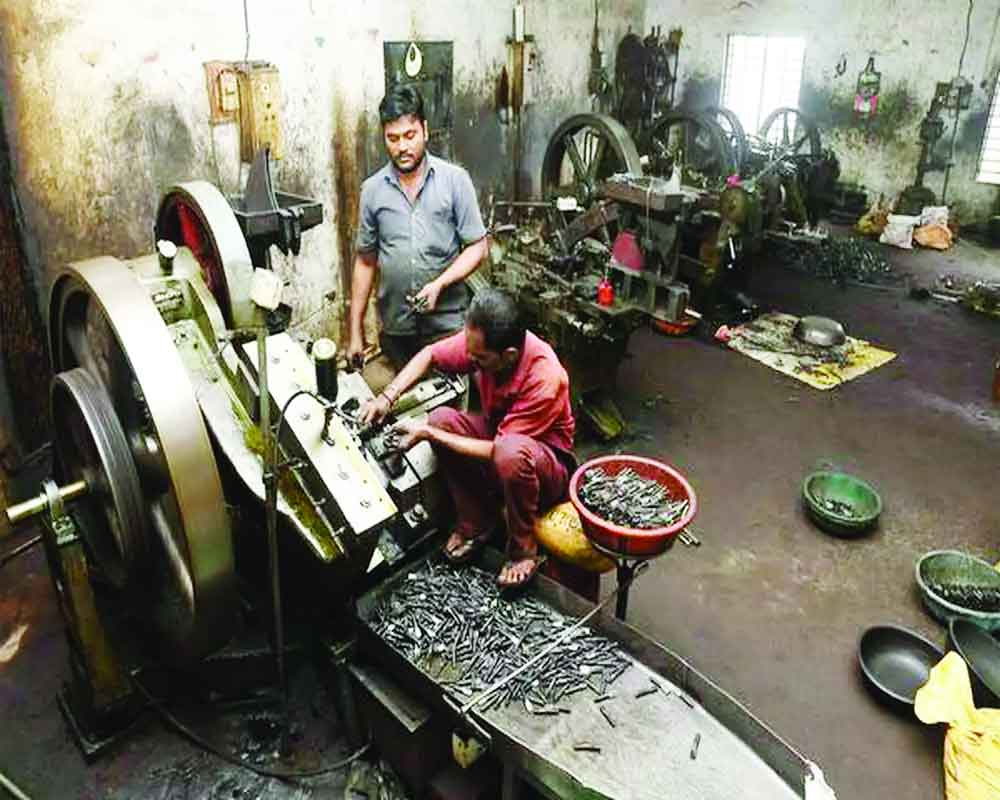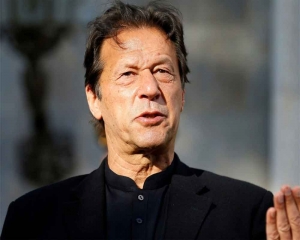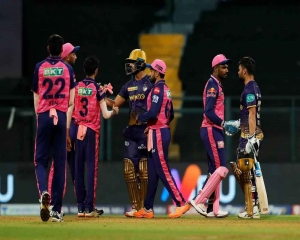Despite notable achievements, economic progress falters due to the neglect of Micro, Small and Medium Enterprises, Public Sector Undertakings and agricultural reforms
India has come a long way since 2014 in the matter of various indices and parameters of economic development. Consider this. India has increased her per capita income through this decade from USD 1560 to USD 2500, a 60 per cent increase. It has purportedly lifted 400 million persons out of poverty during the decade. Its foreign exchange kitty has increased from USD 322 billion to USD 640 billion during the same period. These are impressive figures. Large figures are always impressive, but they need to be checked, compared and corroborated to be sanctified.
Consider this now. The per capita income of India increased from USD 600 to USD 1560 for the period from 2004 to 2014 which is a bigger increase of 160 percent. Its foreign exchange reserves increased from USD 107 billion to USD 322 billion between 2004 and 2014. Whereas the surge from 2004 to 2014 was 200 per cent, it was only 100 per cent in the next decade.
The above comparative figures talk aloud about India’s poor economic development in the last decade. This is not an overall performance report on the current NDA government. This government has many unprecedented achievements to its credit. But on the economic front, it doesn’t seem to have delivered.
Why has the NDA not been able to deliver on the economic front? There are several reasons.
Neglect of MSMEs: The micro, small and medium enterprises sector in the country did not receive the attention due to it. This sector is the main source of employment generation. Imports from China continued to swell and many manufacturers closed down their factories to become traders and distributors.
Poor implementation of the Make in India programme: The Make in India was a well-conceived ambitious programme to boost indigenous manufacturing. The scheme had its points of deficiency but regrettably, the major driving points of the grandiose scheme remained largely on paper and were never implemented properly. The result---share of manufacturing in the economy continues to stagnate at 14 percent.
Absence of bureaucratic reforms: Our obsolete, corruption-ridden colonial bureaucratic system had never delivered earlier and cried for reforms. But the reforms did not come. The result was a failure of key developmental programmes like the 100 Smart Cities Programme. The government did a remarkable job of establishing GST and promulgating the IBC. This enabled a clean-up of banks and a sharp decline in their NPAs. However, the failure of the government to increase the ease of doing business by cutting down on bureaucratic red tape is a big reason behind the continuing lack of a suitable ecosphere for business and big investment.
Failure to implement Agricultural Reforms:
The government did well to blueprint reforms in the agricultural sector-those related to MSP and procurement of agricultural produce. But the government failed to implement the same by capitulating in front of fake protesters masquerading as farmers.
Neglect of PSUs: The government paid very little attention to the state and central PSUs which account for 15 per cent of the total economic activities in the country. It kept on harping on the absence of the need for the government to be in business. This was an impractical approach to handling the Indian economy and failed to tap the big PSUs in which so much of public money had been invested.
Failure to bring about judicial reforms: Justice in this country continues to be delayed, denied and derailed. Despite big talks to the contrary, the government did nothing in the direction of judicial reforms. This was and remains a big dampener to FDI and even domestic investment in new business.
Notwithstanding the above, we must bear in mind that most of the previous governments had left deep pits in our economy that needed to be filled to prepare the ground for the rapid holistic development of the country. The UPA government, between 2004 and 2014 did produce better numbers for FE reserves and economic growth rate but the money generating that investment and growth was preponderantly from the huge proportion of parallel-black money economy out of the overall economy. Money was meagrely flowing for the critical sectors of defence and infrastructure and even for some important socialistic schemes. Modi 1.0 and Modi 2.0 changed this by bringing economic discipline and curbing corruption and economic malfeasance. It brought GST and IBC and did the clean-up of Banks by bringing down drastically the NPAs. It severely dented the black money economy.
These were the pits filled by the Modi government that have prepared fertile soil for the fast-track economic progress of the country now. Given the above, it is imperative and is also expected that the Modi government, if returned to power, will take the undermentioned steps to boost real progress on the economic front. Economic progress is the foundation of the overall progress of a country. Progress on other fronts like defence, foreign affairs, etc. has been significant but sustainable multifaceted development can only be achieved on the foundation of a strong and healthy economic bottom line.
The country needs drastic institutional and bureaucratic reforms. It needs urgent implementation of the farming sector reforms which were shelved after so much drum beating. The education sector calls for a thorough overhaul to replace the colonial Macaulay established system with an indigenous system in tune with the nation’s ethos and tradition.
Sloganeering and political gamesmanship need to be replaced by serious, earnest and committed steps for boosting investment, trade, manufacturing and exports.
India has a huge potential for becoming an economic powerhouse in quick time but we need to go about building our economy with due seriousness and dedication, rising above narrow interests of caste, class, political affiliations and last but not least, political expediency. It is very much hoped that Modi 3.0, with a two-thirds majority, will usher in the much-needed administrative, bureaucratic and judicial reforms for the speedy economic progress of the country.
(The author is a management consultant; views are personal)


























